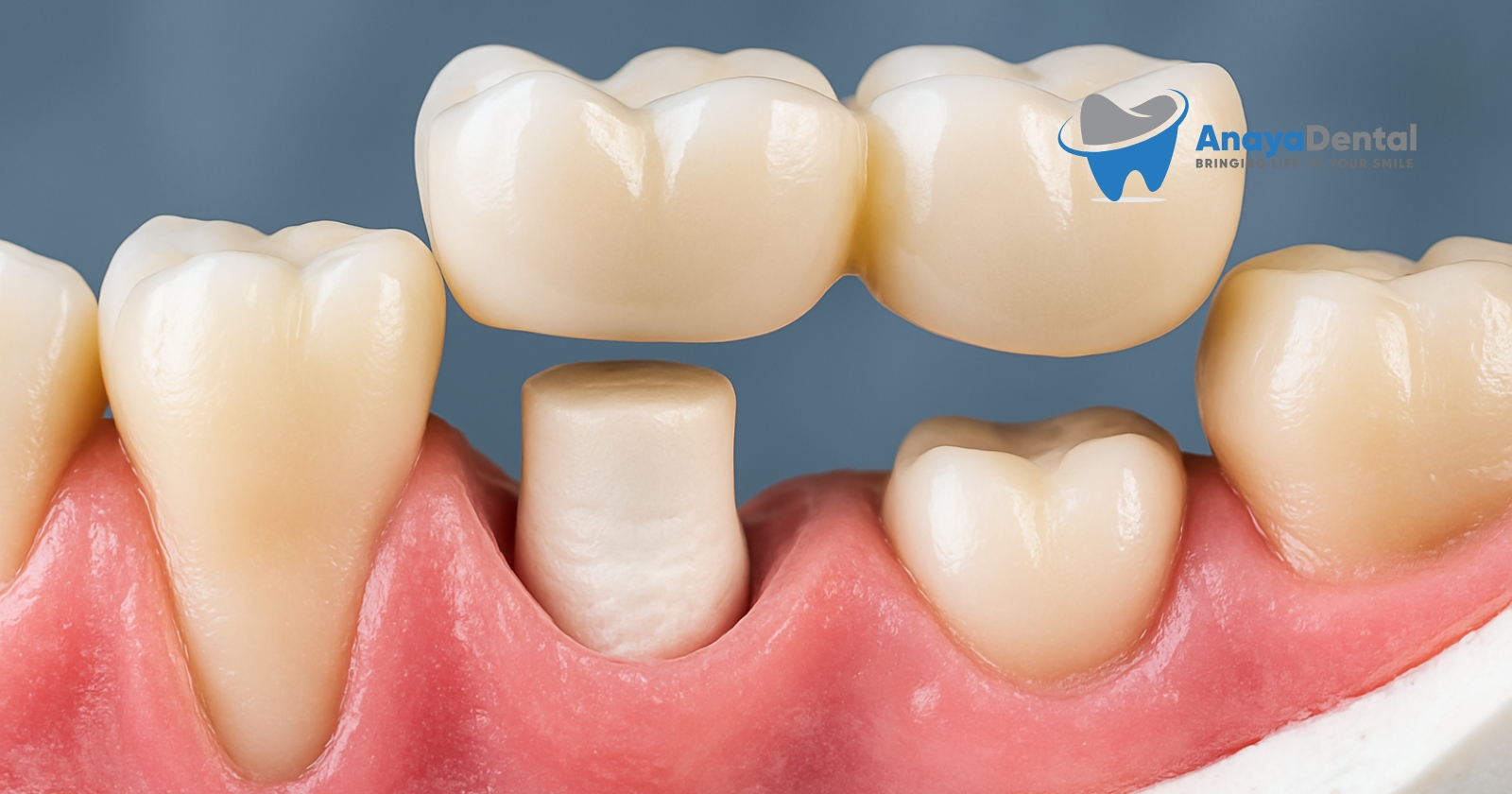Are you facing a dental restoration in your back teeth? Understanding the specifics of your dental procedure can help you make informed decisions about your oral health and finances. This guide explores everything you need to know about D2392 resin-based composite restorations—a common dental procedure that might be recommended for your back teeth.
What Is a D2392 Dental Procedure?
D2392 is a dental procedure code that identifies a specific type of dental restoration. Breaking it down:
- D2392: The insurance code dentists use to bill for a two-surface, resin-based composite filling on a posterior (back) tooth
- Resin-based composite: A tooth-colored filling material made of plastic and fine glass particles
- Two surfaces: The filling covers two distinct areas or surfaces of the tooth
- Posterior: Located in the back of the mouth (molars or premolars)
This procedure is typically performed when decay affects two surfaces of your back teeth, such as the top (occlusal) and side (buccal or lingual) surfaces.
Try Our Dental Calculators
When You Might Need This Procedure
Your dentist might recommend a D2392 procedure when:
- Moderate decay spans two surfaces of your molar or premolar
- An old filling on your back tooth needs replacement
- Fractures or cracks affect multiple surfaces of your posterior tooth
- Secondary decay has developed around an existing filling
According to the American Dental Association, approximately 178 million Americans have at least one dental restoration, with resin composites becoming increasingly common for posterior teeth.
The Procedure: What to Expect
Understanding the procedure can help reduce anxiety about your dental visit:
- Examination and diagnosis: Your dentist examines the affected tooth using visual inspection and possibly X-rays
- Anesthesia: Local anesthetic is administered to numb the area
- Decay removal: The dentist removes decay from both affected surfaces
- Tooth preparation: The tooth is shaped to receive the filling
- Placement of composite material: The resin is applied in layers
- Curing: Each layer is hardened using a special light
- Shaping and polishing: The filling is shaped to match your bite and polished
The entire procedure typically takes 30-60 minutes depending on the extent of decay and the specific teeth involved.
Cost and Insurance Coverage
Typical Cost Range
The cost of a D2392 procedure varies based on location, dentist experience, and specific materials used:
- Average cost without insurance: $200-$350 per filling
- With dental insurance: $40-$150 out-of-pocket (after coverage)
Insurance Coverage Options
Most dental insurance plans classify this procedure as a basic restorative service, typically covered at:
- 70-80% after deductible with PPO plans
- 50-70% with HMO plans
Important: Most dental insurance plans have an annual maximum benefit, usually between $1,000-$2,000, so consider timing if you need multiple restorations.
Payment Options When You’re Uninsured
If you don’t have dental insurance, consider these payment alternatives:
- Dental discount plans: Membership programs offering 15-50% discounts
- Dental schools: Supervised student dentists provide care at reduced rates
- Payment plans: Many practices offer in-house financing options
- CareCredit or other medical credit cards: Specialized financing, sometimes with interest-free periods
- Health Savings Account (HSA) or Flexible Spending Account (FSA): Tax-advantaged accounts for medical expenses
Comparing Resin Composites to Other Filling Types
| Feature | Resin Composite (D2392) | Amalgam (Silver) | Gold | Ceramic |
|---|---|---|---|---|
| Appearance | Tooth-colored | Silver/gray | Gold | Tooth-colored |
| Durability | 5-10 years | 10-15 years | 15+ years | 15+ years |
| Cost | Moderate | Lower | Highest | High |
| Placement time | Single visit | Single visit | Multiple visits | Multiple visits |
| Strength for back teeth | Good | Excellent | Excellent | Excellent |
Advantages and Disadvantages
Advantages of D2392 Resin Composites
- Aesthetically pleasing: Matches your natural tooth color
- Preserves more tooth structure: Requires less removal of healthy tooth material
- Mercury-free: No concerns about mercury content (unlike amalgam)
- Bonds directly to tooth: Provides additional structural support
- Repairs easily: Can be repaired rather than replaced if damaged
Disadvantages
- Less durable for posterior teeth compared to other materials
- More technique-sensitive: Results depend on dentist’s skill
- Higher cost than amalgam alternatives
- Potential for increased sensitivity after placement
- May need earlier replacement in patients with heavy grinding or clenching
Aftercare for Your New Filling
To maximize the lifespan of your D2392 restoration:
- Wait at least 24 hours before consuming hard, crunchy, or sticky foods
- Maintain thorough oral hygiene with regular brushing and flossing
- Use a fluoride mouthwash to strengthen surrounding tooth structure
- Wear a mouthguard if you grind your teeth
- Attend regular dental checkups to monitor the filling’s condition
Quick Review
D2392 refers to a two-surface, resin-based composite filling on a posterior tooth. This tooth-colored restoration offers an aesthetically pleasing option for repairing moderate decay in back teeth. The procedure typically costs $200-$350 without insurance and is usually covered at 70-80% by most dental insurance plans. While not as durable as some alternatives for back teeth, proper care can extend its lifespan to 5-10 years. Multiple payment options exist for those without insurance coverage, including discount plans, payment plans, and specialized financing.
If you’re considering this procedure, discuss the specific benefits and limitations for your situation with your dentist to make the most informed decision for your oral health.
[Reference: American Dental Association. (2023). Dental Fillings: Materials, Procedures, and Care. Journal of the American Dental Association, 154(2), 156-163.]


